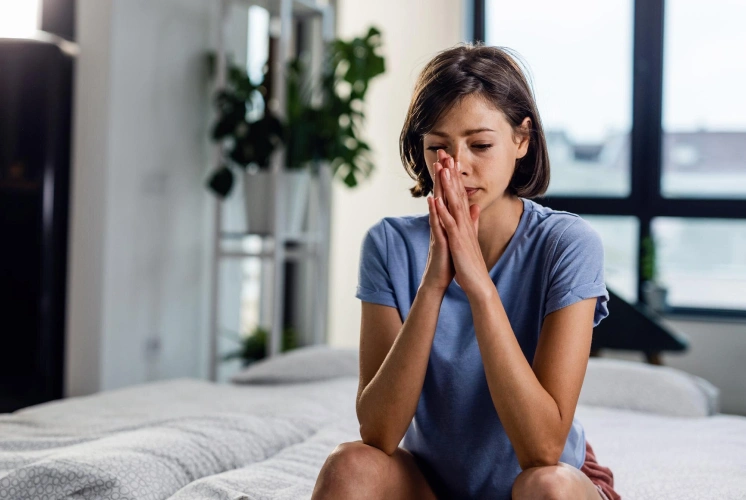As the days grow shorter and winter settles in, many people start feeling a shift in their mood, energy, and motivation. This experience isn’t uncommon, but for some, it goes beyond the typical “winter blues” and manifests as a more intense condition known as Seasonal Affective Disorder (SAD). If you’re noticing a significant change in how you feel with the changing seasons, here’s a closer look at SAD, its symptoms, and how you can manage it effectively.
What is Seasonal Affective Disorder (SAD)?
Seasonal Affective Disorder is a type of depression that typically occurs during the fall and winter months, when daylight hours are shorter. While it can affect people at any time of the year, winter SAD is more common. SAD is believed to be related to the reduced levels of sunlight that come with shorter days. This lack of sunlight disrupts our body’s internal clock, leading to shifts in mood, sleep, and behavior.
Symptoms of Seasonal Affective Disorder
SAD symptoms often overlap with those of other types of depression, but there are some distinguishing characteristics specific to the disorder. Common symptoms of winter-onset SAD include:
– Persistent sadness or feelings of depression most days
– Low energy and feeling sluggish
– Increased need for sleep or trouble waking up in the morning
– Difficulty concentrating or staying motivated
– Cravings for carbohydrates and weight gain
– Loss of interest in activities that once brought joy
– Social withdrawal, often described as feeling like “hibernating”
If you’re noticing these symptoms seasonally, especially if they occur year after year, it could be a sign of SAD.
Tips for Managing Seasonal Affective Disorder
Living with SAD can be challenging, but there are several effective strategies to help reduce its impact and improve your overall mood during the winter months. Here are some tips to consider:
1. Maximize Sunlight Exposure
Try to get outside during daylight hours, even if it’s cold. Aim to spend at least 15-30 minutes outside daily, especially in the morning. Open curtains and blinds to let in natural light and sit near windows when indoors.
2. Consider Light Therapy
Light therapy has proven effective for many people with SAD. It involves sitting in front of a lightbox that mimics natural sunlight, typically for 20-30 minutes each morning. Speak with a healthcare professional about whether this option might be right for you.
3. Maintain a Regular Sleep Schedule
A consistent sleep routine can help your body adapt to the shorter days. Try to go to bed and wake up at the same time each day. Avoid naps and limit screen time before bed to improve sleep quality.
4. Stay Active
Physical activity, especially outdoor exercise, can boost serotonin levels and improve mood. Even a daily walk can make a difference, helping to combat lethargy and reduce feelings of depression.
5. Eat a Balanced Diet
Although carbohydrate cravings are common with SAD, aim to eat a balanced diet rich in nutrients. Avoid excessive sugar and refined carbs, as these can cause energy fluctuations and worsen mood swings.
6. Practice Stress Management
Techniques like mindfulness, meditation, or yoga can help manage stress and improve mental well-being. Deep breathing and grounding exercises are also useful for managing anxious thoughts.
7. Seek Support
Talking to friends or family members about how you’re feeling can be incredibly beneficial. Sometimes just sharing your experience helps reduce the feelings of isolation that often accompany SAD.
When to Seek Professional Help
If your symptoms are interfering with daily life, it’s important to reach out for professional support. Treatment options, such as counseling, medication, or specialized therapies, are available and can make a significant difference in managing SAD.
At Brighter Days Mental Health and Wellness, we understand the challenges that come with Seasonal Affective Disorder. If you or someone you know is struggling, reach out to us for a comprehensive consultation. Our team offers integrative treatment options, including functional lab testing to identify any underlying factors that may be contributing to your mood changes. Together, we can help you find brighter days, no matter the season.

